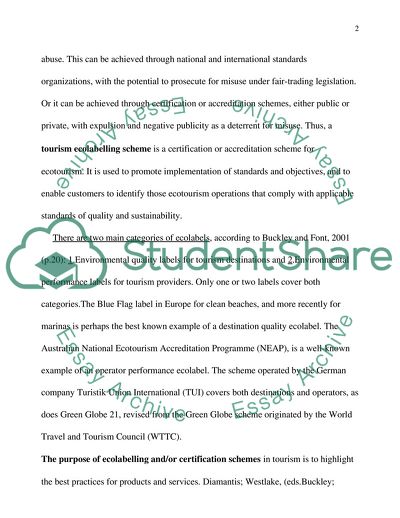Cite this document
(The New Concept of Ecotourism Assignment Example | Topics and Well Written Essays - 2012 words, n.d.)
The New Concept of Ecotourism Assignment Example | Topics and Well Written Essays - 2012 words. Retrieved from https://studentshare.org/tourism/1705541-evaluation-of-tourism-eco-labelling-schemes
The New Concept of Ecotourism Assignment Example | Topics and Well Written Essays - 2012 words. Retrieved from https://studentshare.org/tourism/1705541-evaluation-of-tourism-eco-labelling-schemes
(The New Concept of Ecotourism Assignment Example | Topics and Well Written Essays - 2012 Words)
The New Concept of Ecotourism Assignment Example | Topics and Well Written Essays - 2012 Words. https://studentshare.org/tourism/1705541-evaluation-of-tourism-eco-labelling-schemes.
The New Concept of Ecotourism Assignment Example | Topics and Well Written Essays - 2012 Words. https://studentshare.org/tourism/1705541-evaluation-of-tourism-eco-labelling-schemes.
“The New Concept of Ecotourism Assignment Example | Topics and Well Written Essays - 2012 Words”, n.d. https://studentshare.org/tourism/1705541-evaluation-of-tourism-eco-labelling-schemes.


